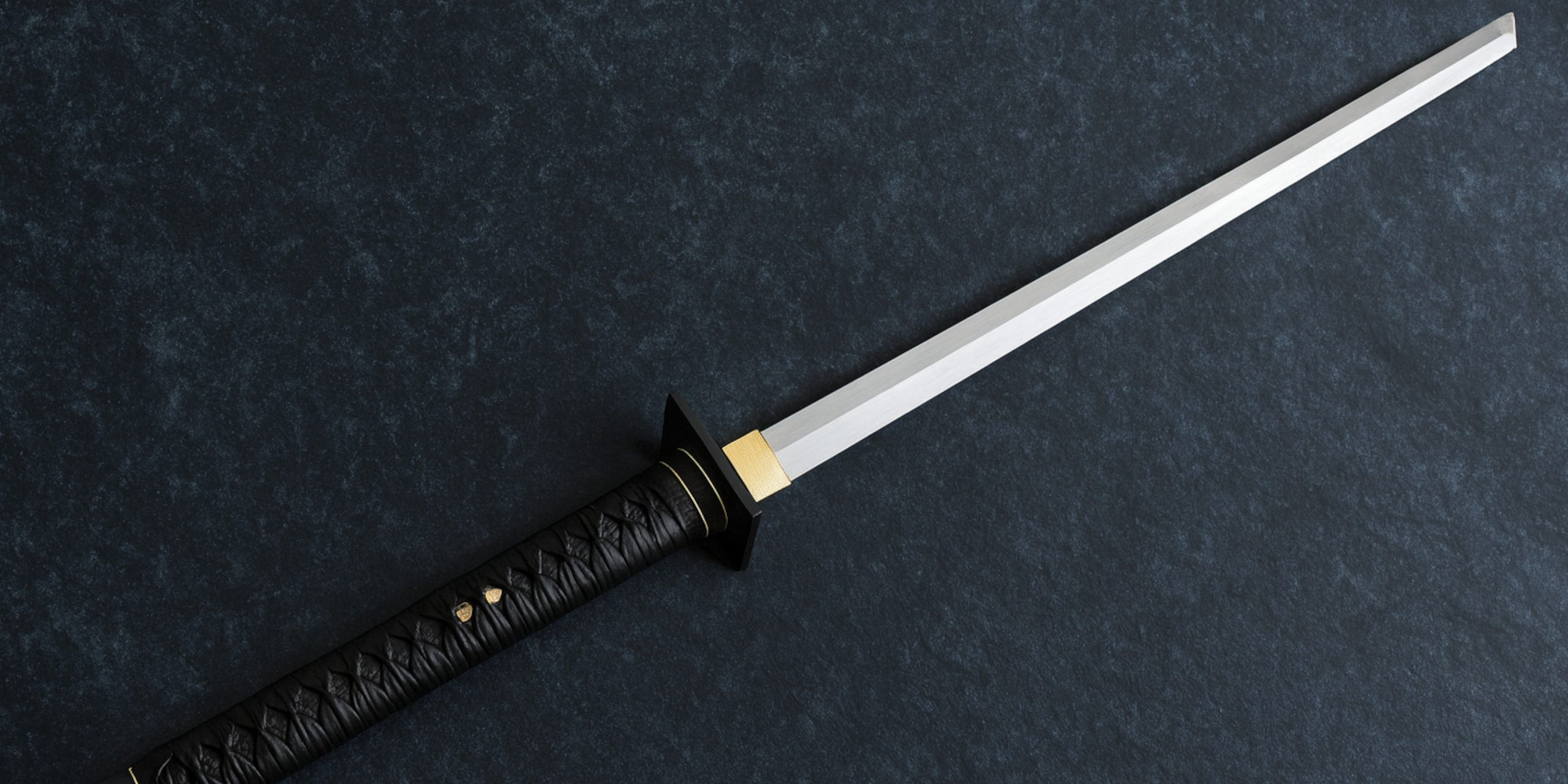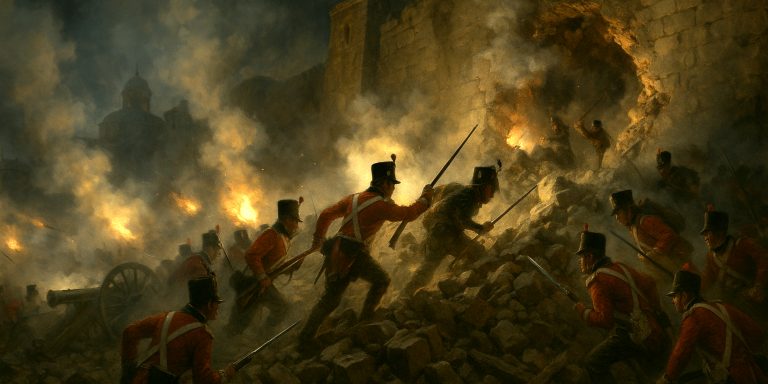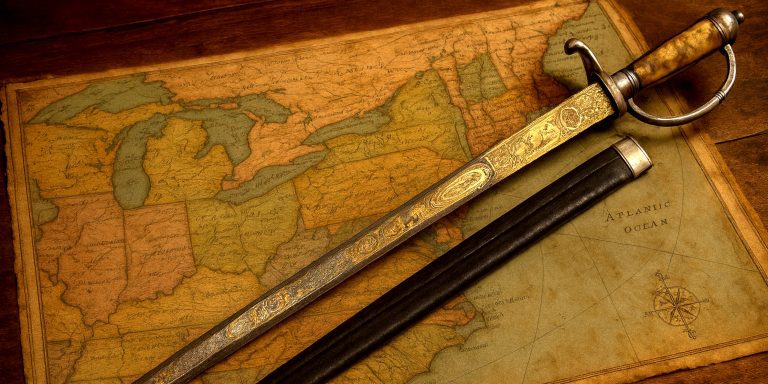
The ninjatō, often referred to as the ninja sword, is a weapon shrouded in myth and speculation. While its presence in pop culture is unmistakable, historical evidence is scarce. Still, reconstructions based on surviving ninja traditions and practical designs offer a plausible picture of what this sword may have looked and functioned like.
The ninjatō is typically associated with the shinobi of feudal Japan. Unlike the elegant curvature of the katana, the ninjatō is often depicted with a straight, shorter blade. It is portrayed as a practical tool for espionage, infiltration, and quick combat. Whether it ever existed in large numbers or was a later invention is still debated, but its symbolic place in ninja folklore is undeniable.
Specifications
| Feature | Specification |
|---|---|
| Blade Length | 60–70 cm |
| Overall Length | 80–90 cm |
| Blade Type | Straight, single-edged |
| Handle (Tsuka) | Often short and wrapped in traditional ito |
| Guard (Tsuba) | Square or circular, sometimes oversized |
| Scabbard (Saya) | Simple lacquered wood, sometimes hollow |
| Steel | Forged carbon steel (modern replicas) |
| Weight | Approximately 0.9 to 1.3 kg |
History and Evolution
- Historical Evidence: Unlike the katana or wakizashi, the ninjatō lacks clear archaeological or textual references from the Sengoku or Edo periods. No original examples have been conclusively identified from those eras.
- Bujinkan Tradition: Schools such as Togakure-ryū include ninjatō-like weapons in their teachings, often focused on utility and concealment rather than battlefield duelling.
- Post-War Popularity: The ninjatō gained visibility in the mid-20th century through movies, manga, and martial arts exhibitions. Manufacturers began producing “ninja swords” in the 1960s for demonstration and theatrical use.
Advantages and Disadvantages
Advantages:
- Straight blade makes it easier to forge and repair.
- Shorter length allows quicker draw in confined spaces.
- Scabbard could be used for storage or breathing through underwater.
- Some designs featured tsuba wide enough to use as a step for scaling walls.
Disadvantages:
- Lacks the cutting power and resilience of a katana’s curved blade.
- Poor reach and leverage in open combat.
- Questionable historical authenticity affects its traditional value.
Comparison with Similar Weapons
| Feature | Ninjatō | Katana | Wakizashi |
|---|---|---|---|
| Blade Shape | Straight | Curved | Curved |
| Length | Short | Long | Medium |
| Combat Role | Utility, close quarters | Duelling, battlefield | Backup, indoors |
| Historical Proof | Lacking | Strong | Strong |
| Symbolic Value | Mythic, cinematic | Noble, revered | Honour-bound |
Legacy
- Became a defining feature in portrayals of ninja across film, games, and animation.
- Served as a visual counterpoint to the samurai’s katana, symbolising stealth, pragmatism, and subversion.
- Influenced modern martial arts demonstrations and theatrical swordplay.
Where to See
- Ninja Museum of Igaryu (Iga, Japan): Displays replicas and tools attributed to historical ninja practices.
- Samurai & Ninja Museum Kyoto: Exhibits ninja weaponry with guided explanations.
- Hollywood Props & Private Collections: Many notable “ninja swords” come from film sets and specialist collections.
The ninjatō may not hold the same historical weight as the katana or tachi, but its role in the cultural imagination of Japan’s shadow warriors remains powerful. For collectors, practitioners, and fans of martial folklore, it holds unique appeal as a symbol of ingenuity and mystique.
NOTE: It is illegal to own, supply or manufacture ‘Ninja’ Swords in the UK with people breaking the law facing imprisonment.
Watch the video:



